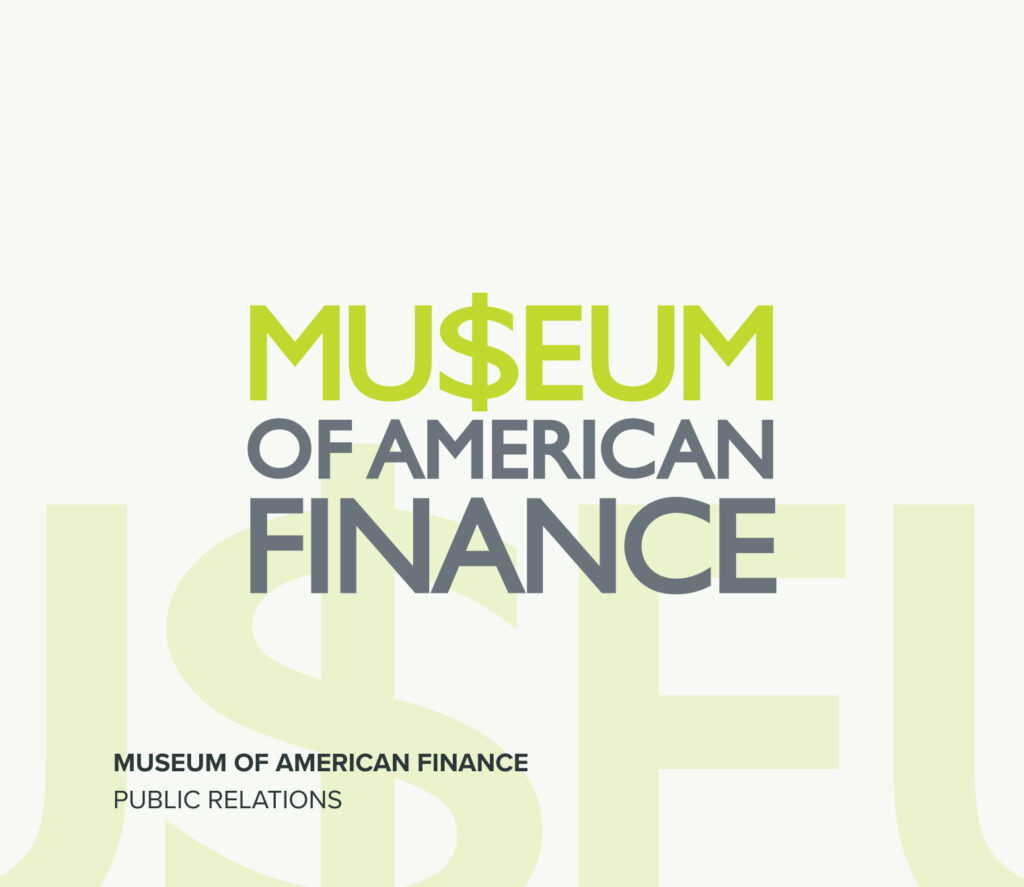It’s no secret that Twitter has seen significant upheaval since its new owner, Elon Musk, took over. In just under a month, Twitter has laid off over 50% of its workforce and scared away some of its top advertisers and celebrities. Given that most of Twitter’s communications team was included in the layoffs, it’s no surprise that Musk has had a hard time assuaging the concerns marketers and PR executives have about using the platform. That’s why Vested’s social media experts have shared some of the advice they’ve given to our financial services clients about posting and advertising their brands on Twitter during this uncertain time.
Chad Schmidt, VP at Vested says, “I fall into the camp that, at this point, it’s probably too soon to pull back activity and spending. Twitter is still one of the most important platforms for businesses, particularly community-building and customer service, and still offers one of the most advanced and cost-efficient advertising tools across social media.”
“But it’s impossible and would be inappropriate to ignore the ongoing uncertainty around brand safety. To that point, I’d say that using social listening tools to monitor a company’s brand name on Twitter is as important as ever – whether they’re active on Twitter or not. Every one of our clients should have a close eye on any spikes in conversation around their brand.”
Even though some of the largest global agencies have advised their clients to pause all paid activity on Twitter, Schmidt doesn’t recommend this strategy. “If Eli Lilly had left Twitter before that fake account tweeted about free insulin, would it really have made any difference? I could argue that being on the platform is more advantageous.”
He also says that a “wait and see what happens” approach isn’t very strategic unless there is some predetermined criteria in place to dictate when a return to the platform is acceptable, like “when the Twitter Blue checkmark program is fixed” or “when they’ve hired back X number of the moderation team”. However, he acknowledges that these benchmarks would be difficult to monitor.
If clients do continue to post and advertise on the platform, Corey Law, Account Manager, advises them to remain vigilant and “download their data archive from Twitter just in case this option becomes no longer available.” Instructions to do so can be found here.
Chad Schmidt sums it up with, “All said, every company’s paid and organic activity should be evaluated on a case-by-case basis. This decision is different for a large, well-known B2C financial services brand than it is for a lesser-known B2B brand. It should be based on their values, business goals, and comfortability with their community on Twitter and whether they’ve actually seen any adverse effects from the recent turmoil. Ultimately, the decision to pull back from Twitter – whether that’s organic or paid – is an executive-level decision and should be based on their risk tolerance.”
However, he also cautions,“companies that continue to be active there need to be aware that if something goes terribly wrong for them on the platform, there might not be anyone on the other side to pick up the phone – most of them have been fired.”
If you’re ready to look into how your business can benefit from digital marketing, Vested is ready to get you set up for success. As a financial services advertising agency, we can help you scale your marketing efforts and reach your audience where they are. Reach out today to get started.


